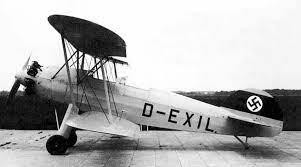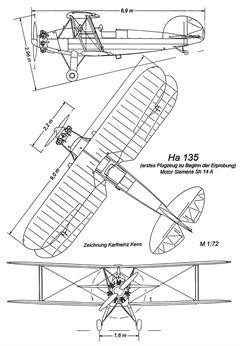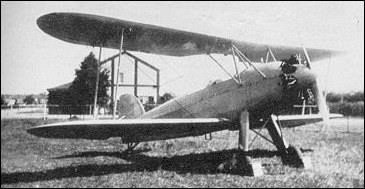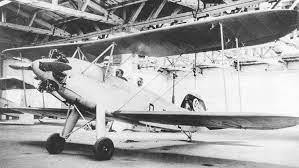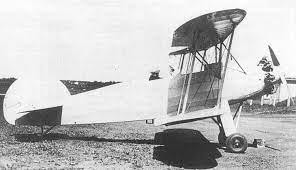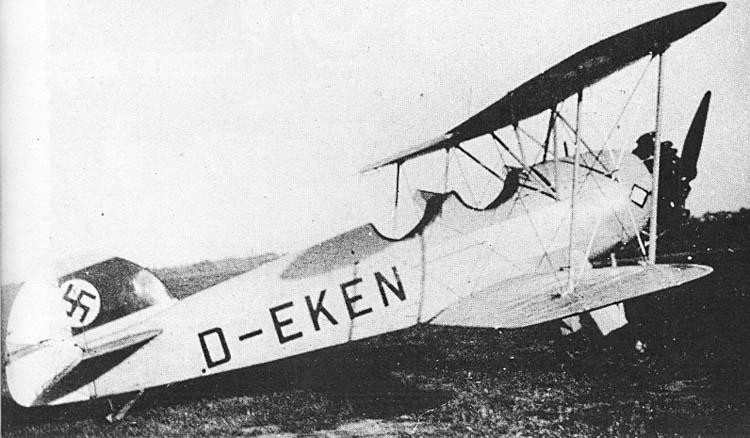Source: Die Deutsche Luftrustung 1933-1945
Jet and Prop 4/99
Flug Revue 12/1977
| Type |
2-seat training plane allowed for aerobatic |
| Engine |
1 Sh 14A with a 2-bladed propeller ,diameter 2.2 m |
| Dimensions |
Length 6.9 m, height 2.96 m, span 9.0 m, |
| Weights |
Empty 535 kg, flying weight (normal) 860 kg (aerobatic) 740 kg |
| Performance |
Max. speed 195 km/h, endurance 3.5 h, range 610 km, service ceiling 4000 m |
| Type |
Werk.Nr |
Registration |
History |
| V1 |
101 |
D-EXIL |
First flight 28/4 1934 Used by the Fliegerübungsstelle Hamburg-Fuhlsbüttel (DLV) |
| V2 |
102 |
D-EKEN |
First flight 30/41934 Used by the Fliegerübungsstelle Hamburg-Fuhlsbüttel (DLV) Flight and performance tests from 14/7 1934. Later scrapped |
|
103 |
D-ESYT |
First flight 17/12 1934 Used by the Fliegerübungsstelle Hamburg-Fuhlsbüttel (DLV), not registered after July 1938 |
|
104 |
D-ETEK |
First flight 22/3 1935 Used by the Fliegerübungsstelle Hamburg-Fuhlsbüttel (DLV) |
|
111 |
D-EDLA |
First flight 8/8 1935 Used by the Fliegerübungsstelle Hamburg-Fuhlsbüttel (DLV), probably crashed after only a few flights |
|
112 |
D-EKME |
First flight 5/8 1935 Used by the Flugabteilung (DLV) in Berlin-Adlershof, at least still used in 1940 |
The two-seat biplane manufactured by the Hamburger Flugzeugbau subsidiary of Blohm & Voss was a means of giving the company experience in making modern metal components for civil and military aircraft. It was developed as a trainer for the German Ministry of Aviation. After it proved unsuccessful in this role, the company sold it as a sport aircraft.
The first prototype, designated the Ha 135 V1 (company production number 101, registration D-EXIL), made its first flight on 28 April 1934. After the company used it for flight development with a BMW-Bramo Sh 14A engine installed, the German Air Sports Association flew it as a sport aircraft.
The second prototype, designated the Ha 135 V2 (company production number 102, registration D-EKEN), made its first flight on 30 April 1934. The Hamburger Flugzeugbau used it for flight characteristics and performance tests beginning on 14 July 1934. It also later flew as a sport aircraft with the German Air Sports Association.
Hamburger Flugzeugbau manufactured four more Ha 135s before production ceased.
